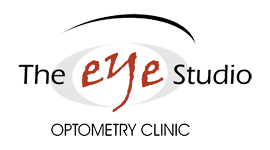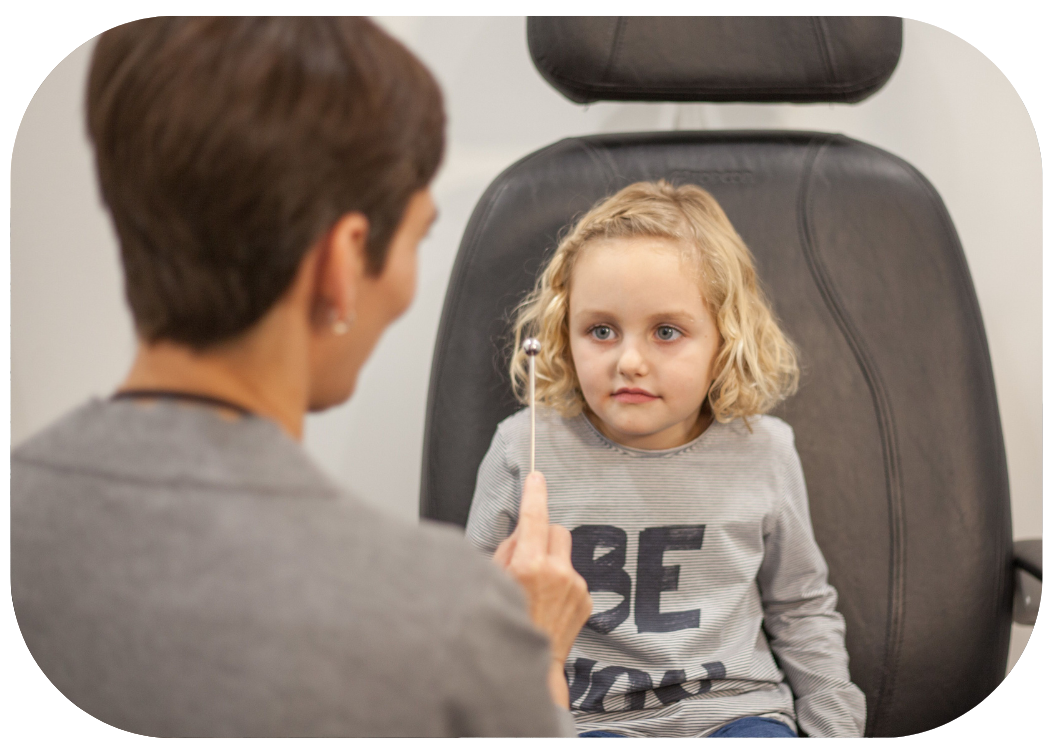Primitive Reflexes
Primitive reflexes play an important role in early childhood development, and many reflexes are involved in the development of motor and sensory skills. However, when it comes to vision therapy, The Eye Studio focuses on five specific primitive reflexes that affect the visual system.

